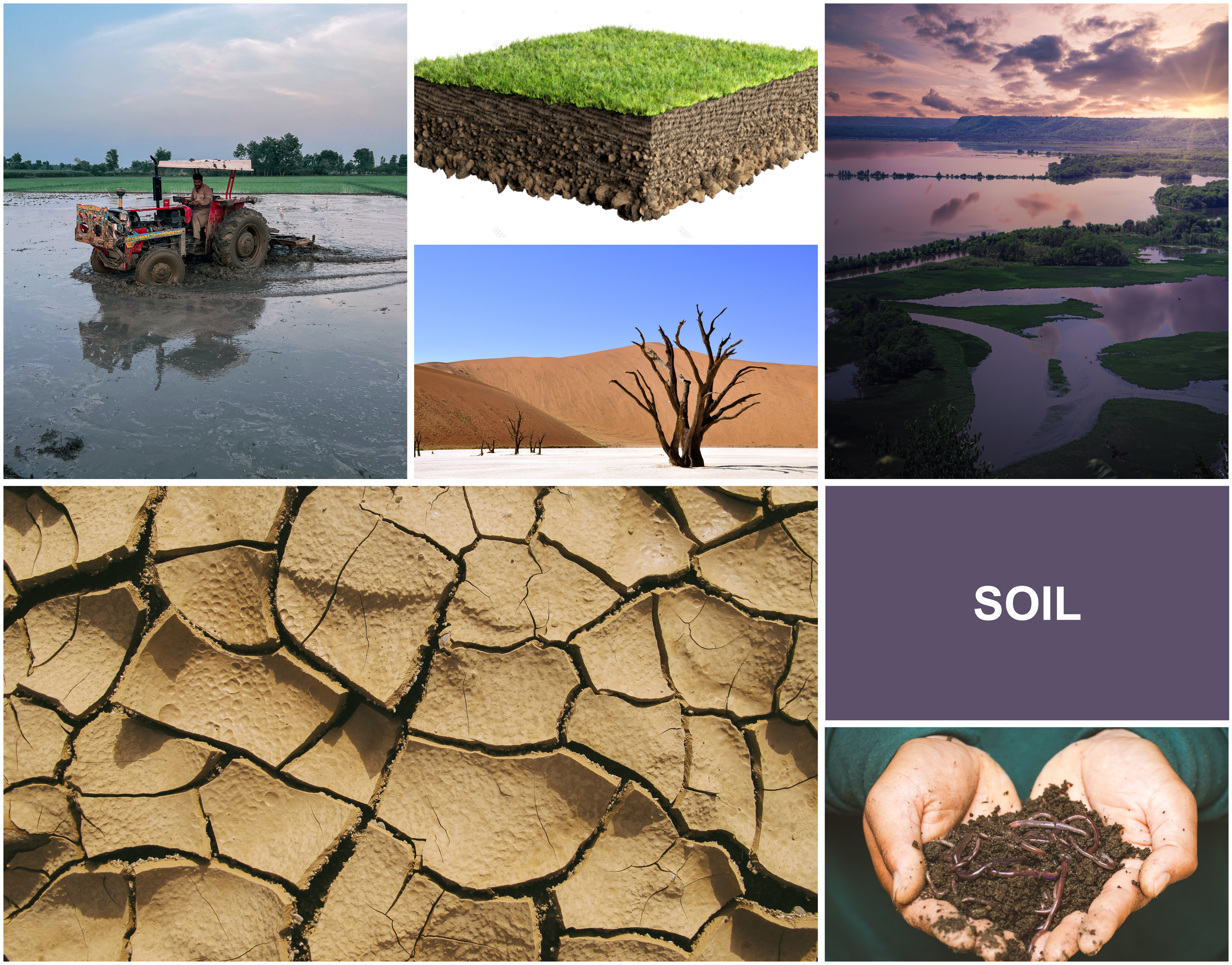Figure F4a.0 Sources (water, health, food, soil)
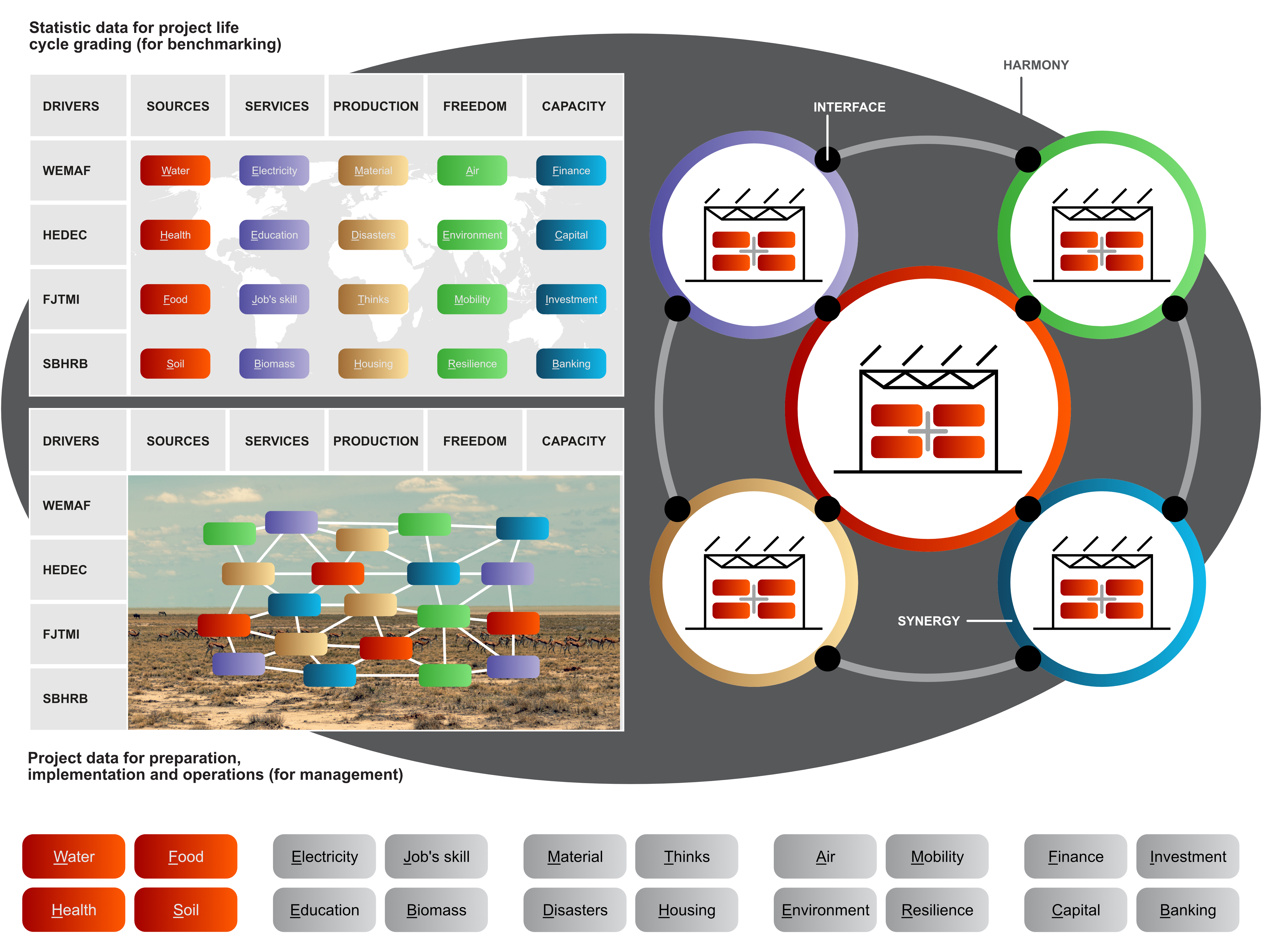
Credit:
European Union, Copernicus Sentinel-2 Imagery
Pexels
Author's archive
Sources are presented as four components of a sustainable life, all with biological functions in the GT environment: we live creatures must have access to water, be healthy, not be hungry, and have a piece of soil under his/her control. For humans, it means being an owner, rentier, tenant, or contract employee.
Or another diction: Sources (of life) represent water, health, food, and soil. Water is life, a gift for a healthy and whole life. Water is crucial for food growing on the soil full of wealthy Nature for life.
Sources are a value of a thin layer lying on the Earth's physical surface. Thy are incredibly vulnerable values and should be permanently under public communication. They must take the priority of the Internet worldwide.
Times have changed. Humans are no longer a child of Nature; they have become a partner in the GT, and he/she must never allow being settled into the role of a dominant predator who only takes from Nature and does not give her anything. It would be self-destructive and essential for perceiving the word infrastructure meaning. The adequately weighted infrastructure allows people to fully enjoy everything that Nature offers and take from the Earth what is on it and in it. But only with humility.
For example, the responsibility of all humans is to be familiar with the biological function of the soil. To take care of the value of biomass, to understand the base of its existence and sustainability. Mainly for plants and animals' existence and the food chain of Nature not being destroyed.
The fast-growing human population in the GT is bringing new risks. People, he/she, has to build their know-how of Self-Powered sustainability to recognize (accept) the common consensus of safety in the complexity of the life of Nature and in the offer of Earth to accept the biology principles.
In this sense, infrastructure means a chain of processes. For infrastructure projects, it means knowledge and skill of projects in preparation, implementation, utilization, and liquidation stages. It represents construction and operation works that allow access to drinking water, hygiene, the health of life, food provision, fertile soil, etc., on lands and with the participation of lands (ground, soil). Therefore, it is appropriate to call for the infrastructure of Sources not to be a mirror of human selfishness but to become part of the Human coexistence with Nature.
How does the above-discussed apply to the security and development of low-income provinces? It is a question that should be answered by the Target Group (TG) and the Final Beneficiaries (FB) of each relevant area (province). The Open Webbook attempts to define a project, "libretto" (a plot), via small fragments, a few snapshots of current infrastructure from this Sector (water, health, food, soil).
Figure F4a offers a view of two approaches (statistical and project) to work with drivers in the Sources Sector. I indicate the intersection of drivers (all twenty components) with the possibility of distinguishing statistical data values (e.g., for benchmarking) and data consumption for the preparation and implementation of projects (e.g., for project management) in the Sources Sector. The data from other sectors is captured concerning the Sources Sector even though they are generated and used according to the current project's needs of other Sectors.
The following figures (photos) below are divided into four groups: Water, Health, Food, and Soil. Additional photos or videos can be added and specified outside of this Website and can be added to the Open Webbook later.
The group of Figures (Photos) below presents an ad-hoc choice of individual investment actions in low-incomes provinces of different states and continents. Introduces the first version of a group of such documentary blocks. At the stage of the Webbook preparation without any comments.
Figure F4a.1 Water
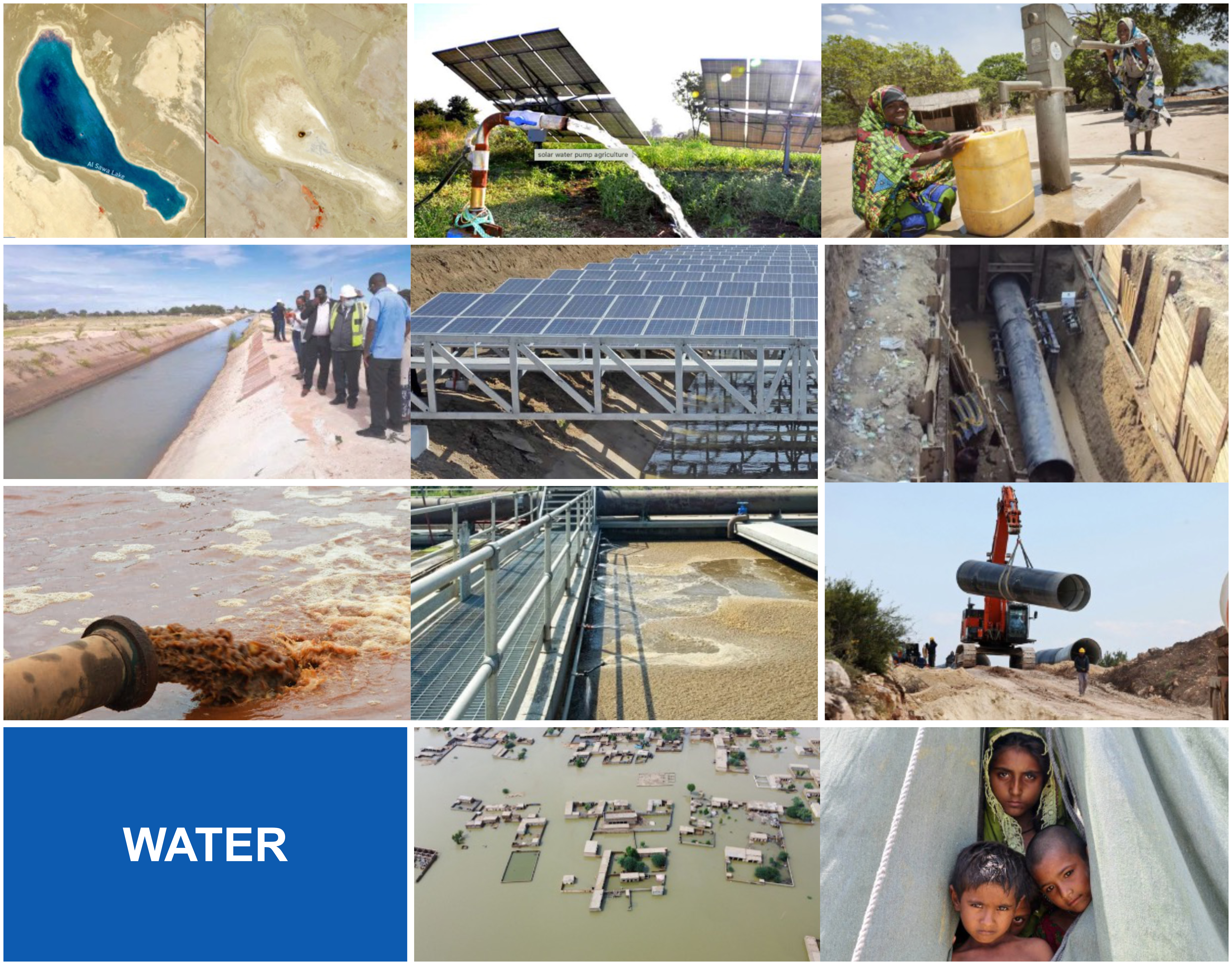
Figures F4a.2 Health
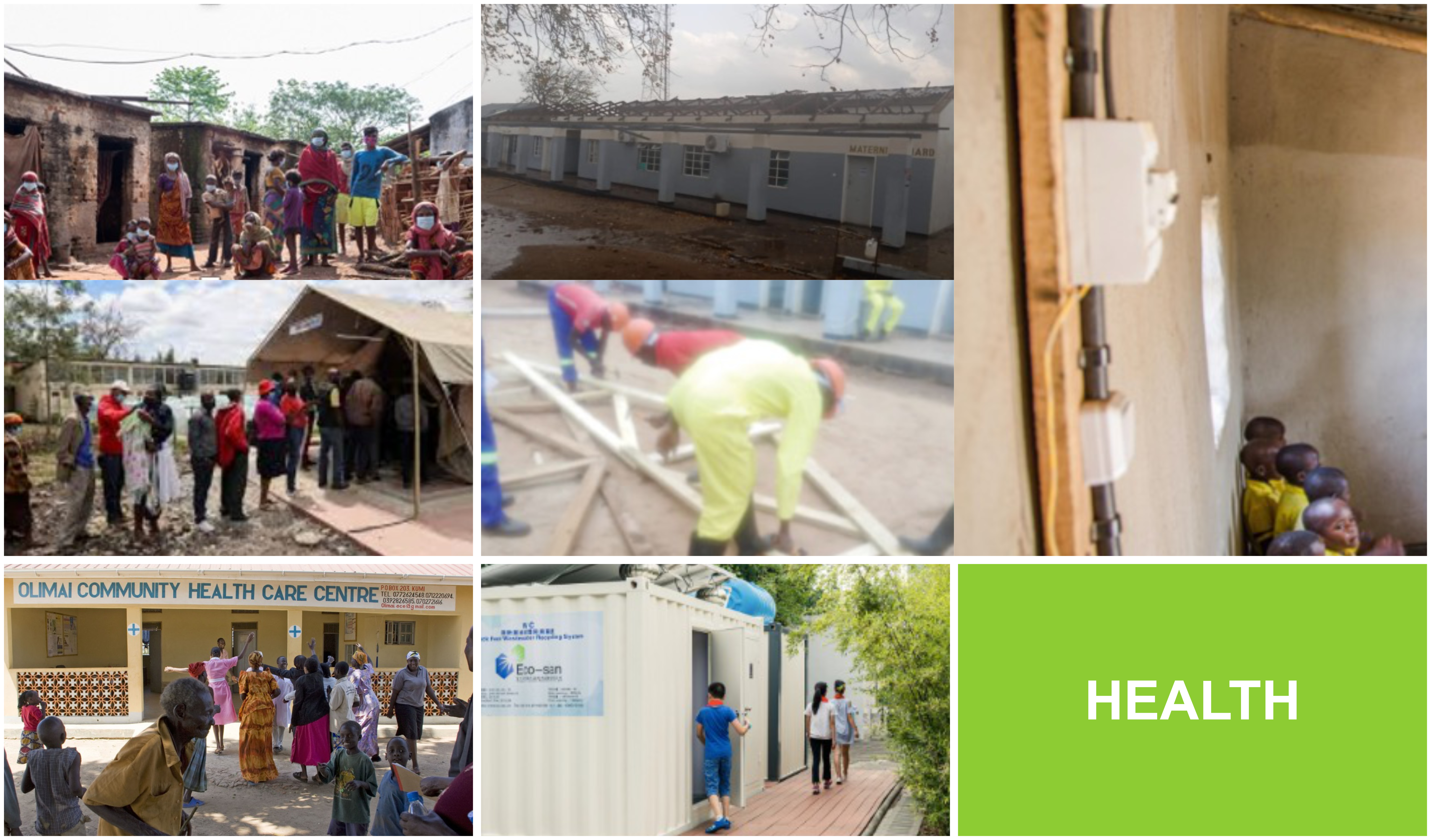
Figures F4a.3 Food
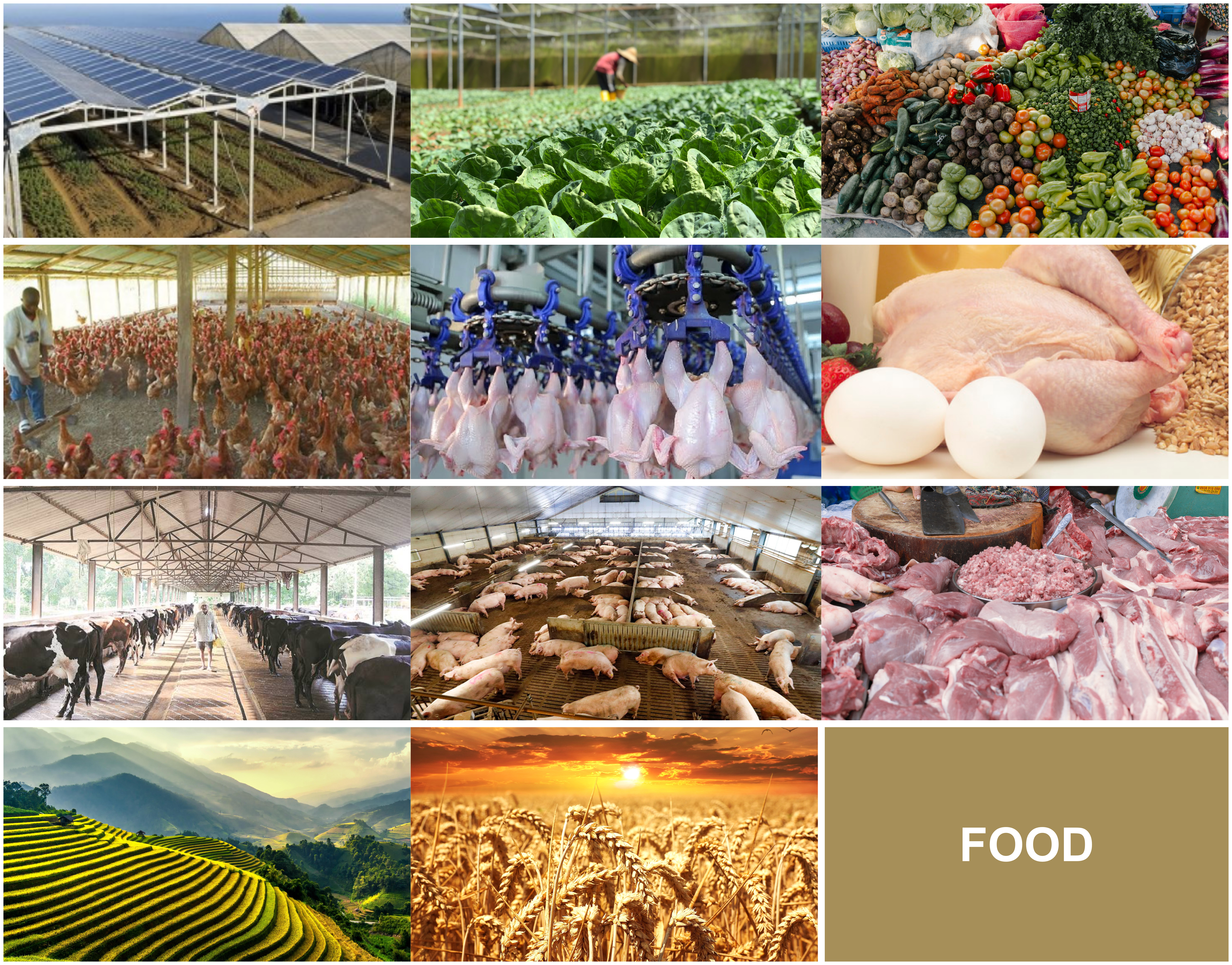
Figures F4a.4 Soil
